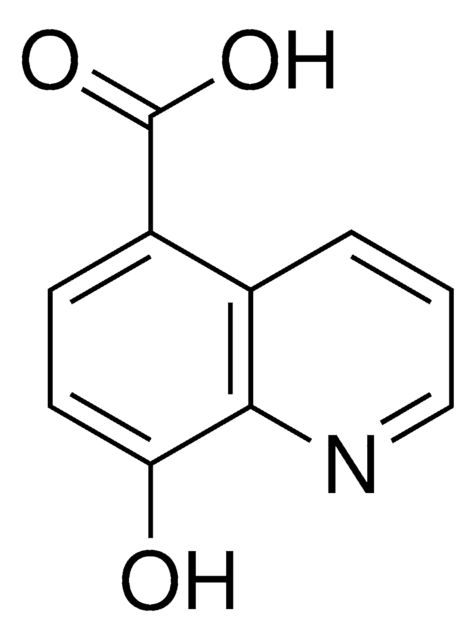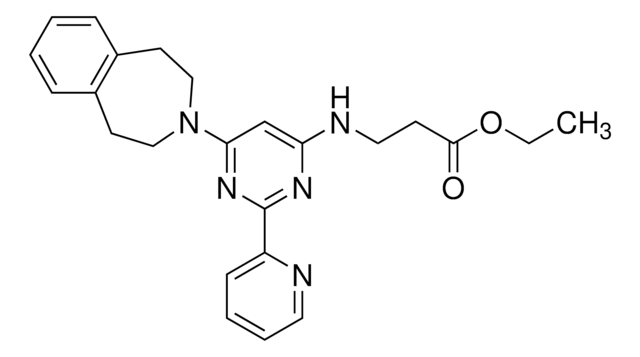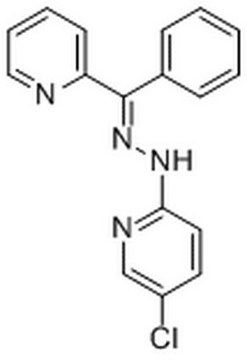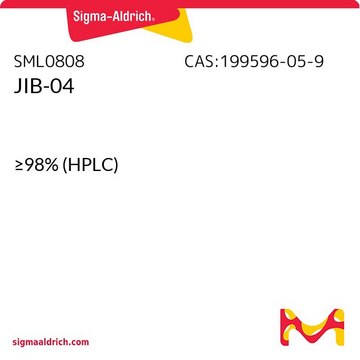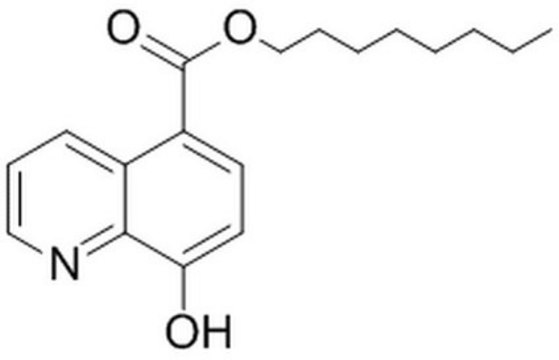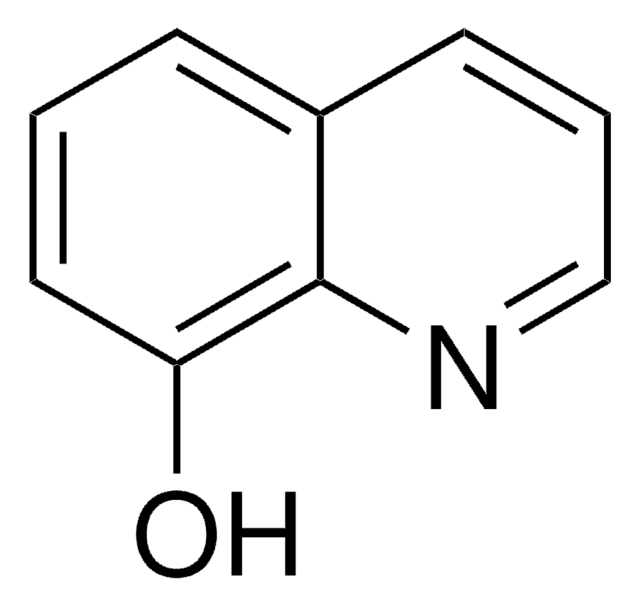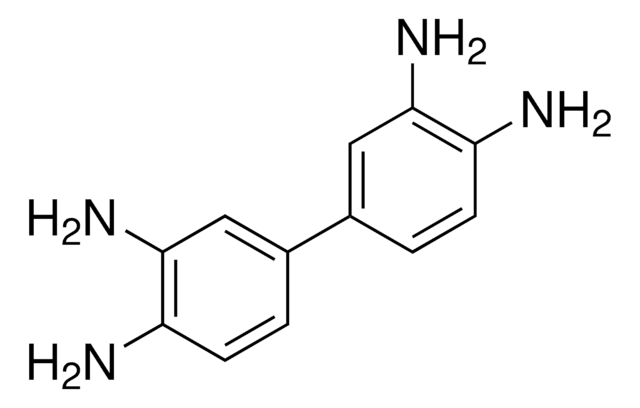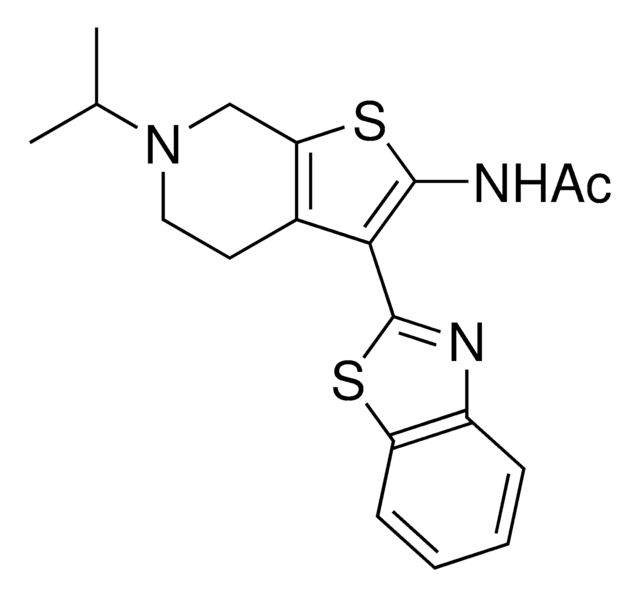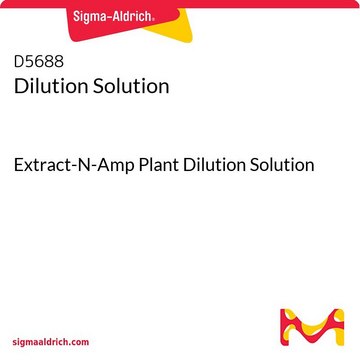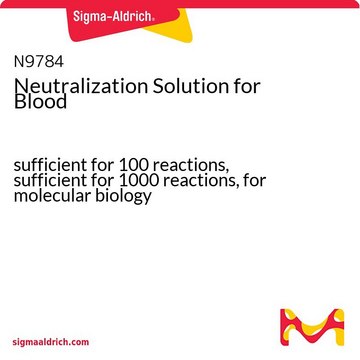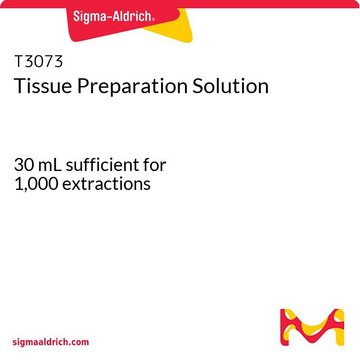420201
JMJD2 Inhibitor, 5-carboxy-8HQ
The JMJD2 Inhibitor, 5-carboxy-8HQ, also referenced under CAS 5852-78-8, controls the biological activity of JMJD2. This small molecule/inhibitor is primarily used for Phosphorylation & Dephosphorylation applications.
Synonym(s):
JMJD2 Inhibitor, 5-carboxy-8HQ, JHDM Inhibitor I, Histone Lysine Demethylase Inhibitor II, 5-carboxy-8HQ, IOX1
About This Item
Recommended Products
Quality Level
Assay
≥95% (HPLC)
form
solid
manufacturer/tradename
Calbiochem®
storage condition
OK to freeze
protect from light
color
orange
solubility
DMSO: 50 mg/mL
shipped in
ambient
storage temp.
2-8°C
InChI
1S/C10H7NO3/c12-8-4-3-7(10(13)14)6-2-1-5-11-9(6)8/h1-5,12H,(H,13,14)
1 of 4
This Item | N9784 | T3073 | N3910 |
|---|---|---|---|
| storage temp. −20°C | storage temp. room temp | storage temp. −20°C | storage temp. −20°C |
| Quality Level 200 | Quality Level 200 | Quality Level 200 | Quality Level 200 |
General description
This probe is supplied in conjunction with the Structural Genomics Consortium (SGC). For further characterization details, please visit the IOX1 probe summary on the SGC website.
Packaging
Warning
Reconstitution
Other Notes
King, D.N.F., et al. 2010. PLoS One5, e15535.
Legal Information
Storage Class Code
11 - Combustible Solids
WGK
WGK 3
Flash Point(F)
Not applicable
Flash Point(C)
Not applicable
Certificates of Analysis (COA)
Search for Certificates of Analysis (COA) by entering the products Lot/Batch Number. Lot and Batch Numbers can be found on a product’s label following the words ‘Lot’ or ‘Batch’.
Already Own This Product?
Find documentation for the products that you have recently purchased in the Document Library.
Our team of scientists has experience in all areas of research including Life Science, Material Science, Chemical Synthesis, Chromatography, Analytical and many others.
Contact Technical Service